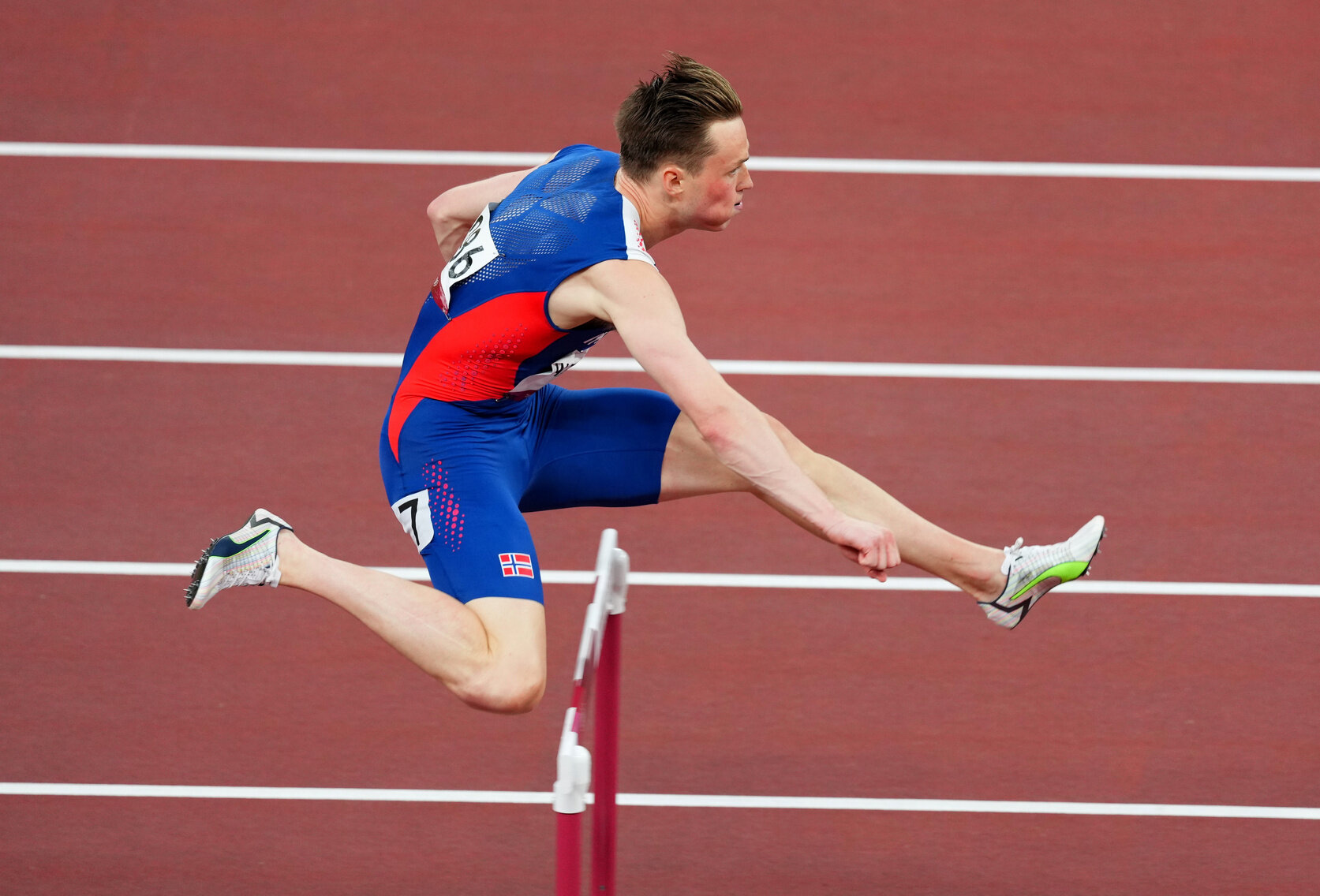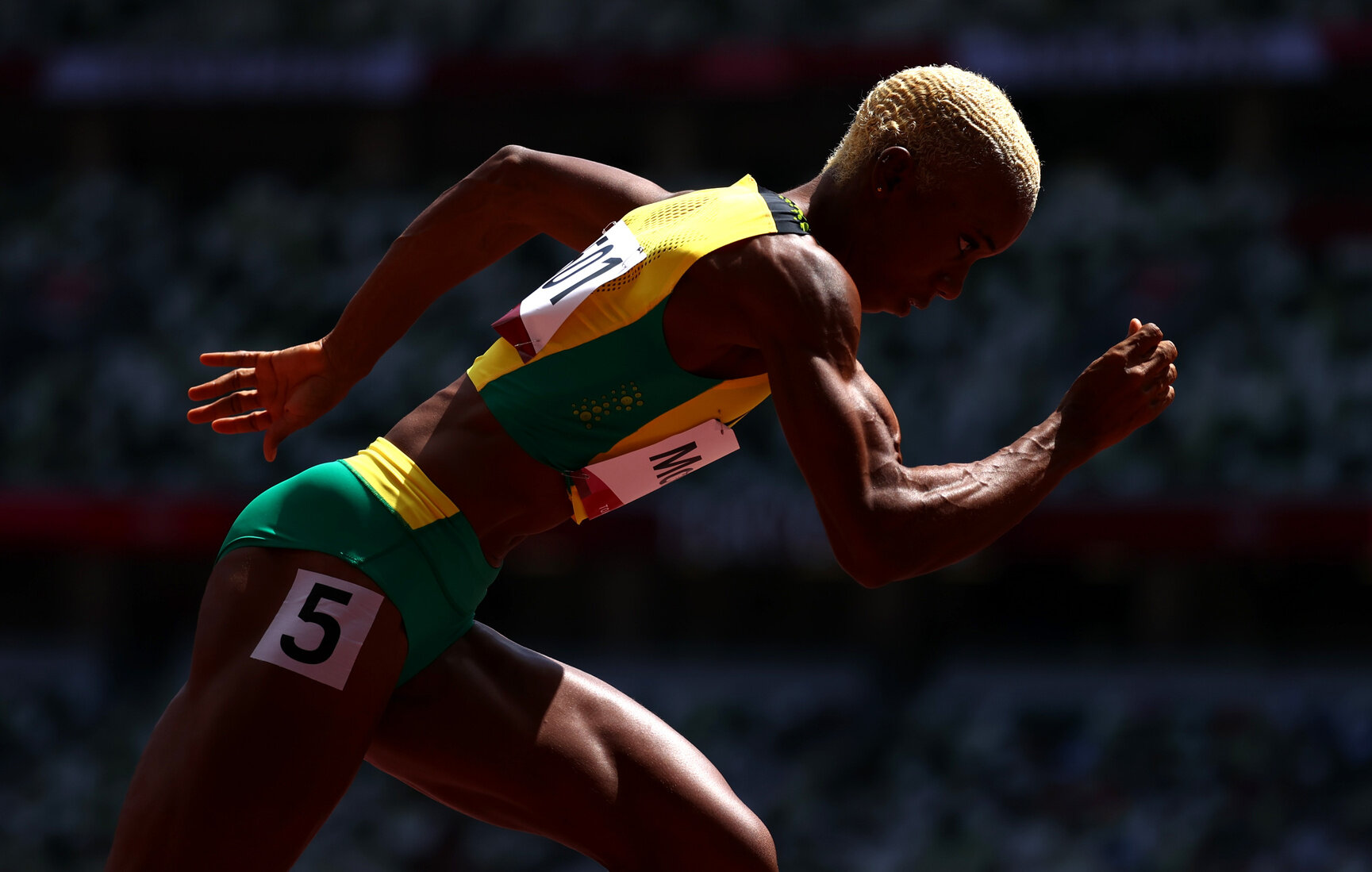In talking to athletes who spend their lives running really fast they described moving like fire and the feeling of having wings. “Firewings” defined an innovation zone which was set out to holistically augment Olympic level sprint performance.
Olympic Innovation - The science and emotion of fast.
In these Tokyo Olympics, Jamaican National team sprinters Elaine Thompson-Herah, Shelly-Ann Fraser Pryce and Shericka Jackson took the Gold, Silver and Bronze medals respectively in the women’s 100 Meter final. The result was not only an incredible team accomplishment but also a history making moment for Thompson-Herah now the fastest woman alive. For those of us who have built a career around innovation in sport helping athletes to perform at their best, events like this are special for two reasons. The first is that once upon a time the event was a good two or three years out on the innovation roadmap. Envisioning and delivering newness, real newness, takes planning, strategy and time. New methods of manufacturing which are often a component of innovation in sport do in fact increase product development cycles. But equally time consuming is the testing, refining and the essential validation; does it do what we want and say it will do? So, simply seeing the work that was done years ago and being intimate with what it took to emerge is satisfying. The second reason is what we hope for but does not always occur; that the athlete or athletes for which you designed equipment actually reach peak performance on the world stage. If that happens then everything that preceded that moment, the intention, the prototyping, the testing, the refining, the evangelising; the worth of all of those activities becomes incredibly apparent and gratifying.

In 2017 Puma Innovation took on the task to do what we could to make national teams and athletes such as Thompson-Herah, Andre De Grasse and Karsten Warholm simply faster. Track spikes was one way but we decided also to focus on the all-important sprint suit. From our leadership position in motorsports, we were drawn to explore what we could do to improve aerodynamics, the science of which can be counter-intuitive. The performance theory for our suit was based on addition rather than subtraction. We added strategically placed “brushes” to the surface of the suit. The brushes were designed to disrupt the airflow around the sprinters body making her move through space with less resistance. But we needed to prove the theory of what would became known as the Brush Suit.

Access to elite athletes for the purposes of testing is not easily workable; they're often too busy training or competing. Instead we turned to Siemens Engineering Services who created a virtual sprinter and simulated sprint environment. The data we pulled from this virtual world helped in our design refinement. But we were also intent on testing it in a real world environment. For that we went to the Norwegian University of Science and Technology to test our suit in a wind tunnel under renowned aerodynamicist, Luca Oggiano. Those results further validated the design.
-

Siemens Engineering Services digital simulation
-

Wind tunnel at the Norwegian University of Science and Technology
One, two, three!
Women athletes from the Jamaican National Team were not the only ones that managed gold in the Brush Suit. Norway’s Karsten Warholm broke both world and Olympic records reaching gold in the 400m hurdles and Hansle Parchment landed on top of the podium in an upset win over Grant Holloway in the 110m hurdles.

The Brush Suit in action Karsten Warholm on his way to gold in the 400m Hurdles

What does fast look like?
The science of sport is one thing, but so is the emotion. Beyond making athletes fast, at Puma Innovation we wanted our sprint suit to show what fast looks like. From start to finish, a sprint race is very intense. Years of training come to fruition and athletes are super-charged with emotion as are spectators. We wanted to amplify that emotional moment by making it something that you can see. A suit that is one color at the start or a race and another at the finish highlights the passion in performance. Through a unique partnership collaboration with The Unseen, we created prototype sprint suits that would excite olympians and onlookers alike. The Unseen had developed a proprietary fabric treatment that responded to wind which we applied to the innovative Brush Suit. In a race, running made it change color. The faster the athlete sprinted, the faster the colour changed. Seen in the video below created by James Stopworth, the black Jamaican suit would turn bright yellow by the end of the race.
The Unseen Brush Suit never made it to Tokyo. But its very existence is meaningful. A key aspect of innovation is first envisioning what might be and then making it. Often times that vision does not advance to realisation. Issues of scalability can create barriers that prevent it from reaching the commercial arena. And sometimes an idea is simply ahead of its time. In the case of the sprint suit that shows what fast looks like, perhaps time will tell.



